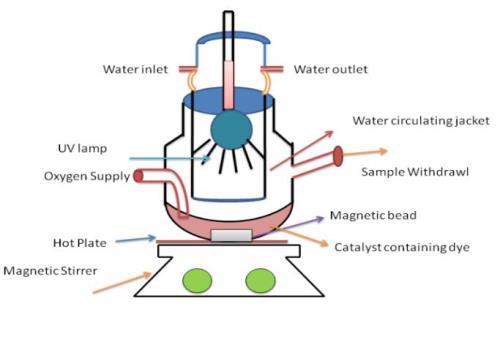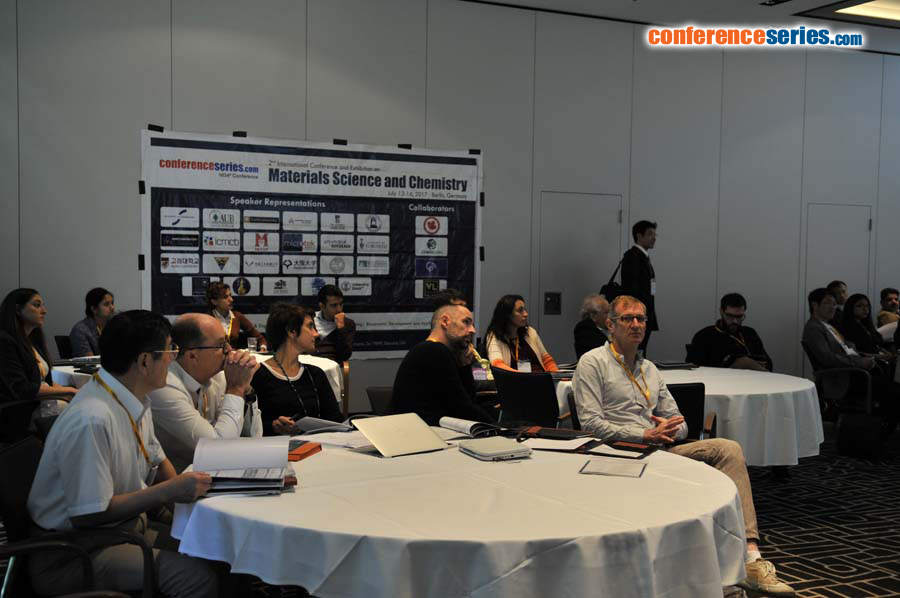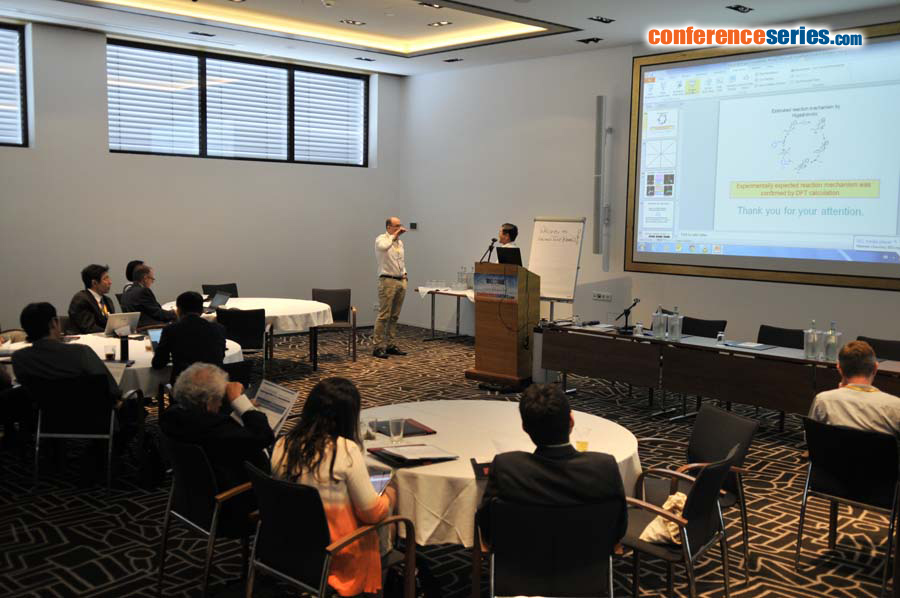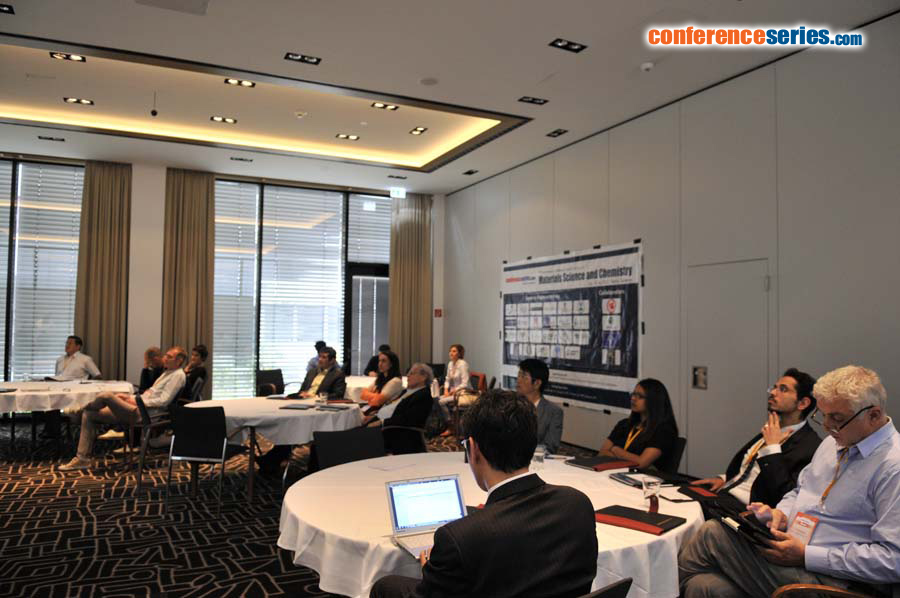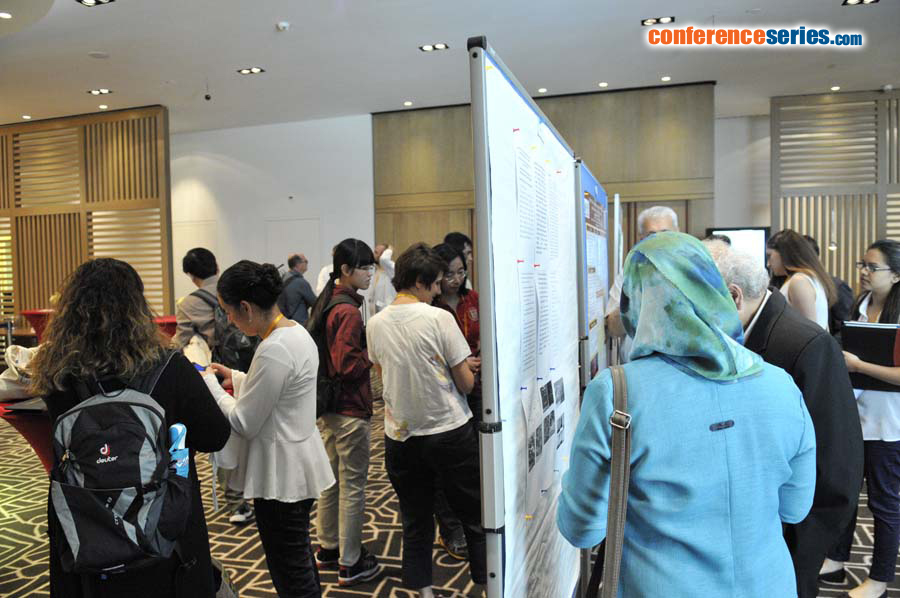
Sonik Bhatia
Kanya Maha Vidyalaya, India
Title: Photocatalytic and gas sensing applications for lanthanide-doped/co-doped ZnO nanoparticles
Biography
Biography: Sonik Bhatia
Abstract
Statement of the Problem: Nowadays, tremendous increase in population and advanced industrialization augment the problems related to air and water pollutions. Growing industries promoting the environmental danger, which is an alarming threat to ecosystem. For safeguard of environment, detection of perilous gases and release of colored waste water is required for eutrophication pollution. Researchers around the globe are trying their best efforts to save the environment. For this remediation advanced oxidation process is used for potential applications. ZnO is an important semiconductor photocatalyst with high photocatalytic and gas sensing activities. For an efficient photocatalytic and gas sensing properties, it is necessary to prepare doped/co-doped ZnO compound to decrease the electron-hole recombination rates. However, lanthanide doped and co-doped metal oxide is seldom studied for photocatalytic and gas sensing applications. The purpose of this study is to describe best photocatalyst for photo degradation of dyes and gas sensing properties.
Methodology & Theoretical Orientation: Economical framework has to be used for synthesis of ZnO. In depth literature survey, simple combustion method is utilized for gas sensing and photocatalytic activities.
Findings: Rare earth doped and co-doped ZnO nanoparticles were best photocatalyst for photodegradation of organic dyes and different gas sensing applications by varying various factors such as pH, aging time, and different concentrations of doping and co-doping metals in ZnO. Complete degradation of dye was observed only in min. Gas sensing nanodevice showed better response and quick recovery time for doped/co-doped ZnO.
Conclusion & Significance: In order to prevent the air and water pollution, well crystalline ZnO nanoparticles were synthesized by rapid and economic method which is used as photocatalyst for photodegradation of organic dyes and gas sensing applications to sense release of hazardous gases from the environment.
Systematic designed photoreactor for photo-degradation of dye.


